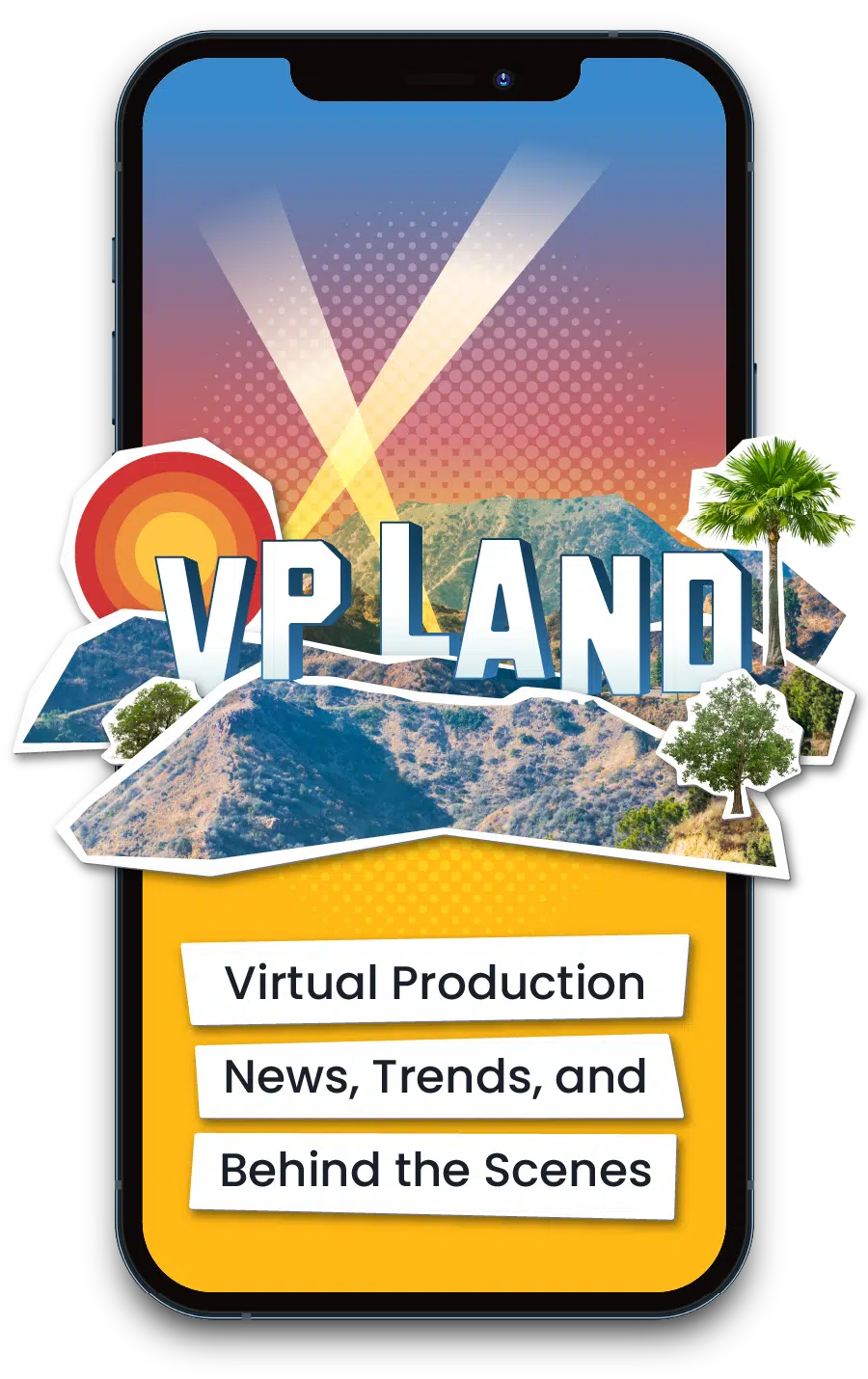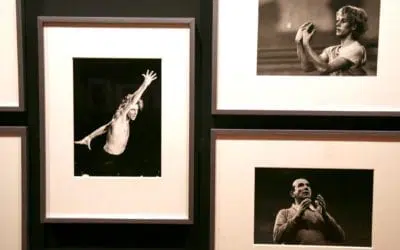![The State of the Documentary [Panel] 2](http://farm1.static.flickr.com/143/328659115_e71642170e.jpg?v=0) Below are my notes from the one panel I attended at Full Frame – The State of the Doc. It’s a little more cheerful than Mark Gill’s outlook on independent cinema, though re-reading this now, some panelists seemed to be predicting what was going to happen.
Below are my notes from the one panel I attended at Full Frame – The State of the Doc. It’s a little more cheerful than Mark Gill’s outlook on independent cinema, though re-reading this now, some panelists seemed to be predicting what was going to happen.
It was moderated by Liz Ogilvie of Docurama Films. On the panel was Nancy Abraham (HBO Documentary), Christopher Black (Starz Entertainment), Greg Kendall (Balcony Releasing), David Laub (THINKFilm), Tom Quinn (Magnolia Pictures), Molly Thompson (A&E IndieFilms), and Thomas Zadra (Netflix’s Red Envelope Entertainment).
Q: How do you define success in broadcast TV?
HBO – Good ratings, reviews, press, buzz, recognition.
A&E – Docs are ratings challenged. We try to launch them theatrically to get the branding out there, make people aware of the film for television. Considered successful if financially we break even.
Magnolia – Bad Box Office for docs in 2007. Magnolia had three high profile releases – Crazy Love, My Kid Could Paint That, and In the Shadow of the Moon. Other outlets have proved successful. Cocaine Cowboy is one of the top selling films on X-Box. The new strategy is to marry content with distribution.
Starz – Starz makes docs for their film library. Create events to help branding. Lots of press is low cost.
Balcony – King Corn’s (doc about the farming industry) filmmakers sold the DVD through their site for $29.95 (cheaper now) and had community screenings for $300 and did very well. People want to see films with their community, not at a theater (I think this was meant more towards small towns). There’s a separate group of people that buy online than in the store.
Red Envelope – Their software can determine how many people want to watch since the films are on Netflix and determine the price. Since Red Envelope was formed, they have 125 titles. 40%-50% are docs.
Q: Do you think audiences are consuming films differently?
Balcony – Some like films in the theater, on TV, the web, community screenings. You get more coverage in the NY Times when you open on Wednesday.
A&E – If a film doesn’t get enough Box Office the theater can kick it out.
Magnolia – The state of specialized films is depressing. We’re all generally screwed. The theatrical experience is unmatched. To survive, we need to learn how to do it differently.
Red Envelope – In four months, Helvetica was seen 120,000 times. Half were streaming through Netflix.com.
Starz – Primary goal of documentaries is to pay off credit card debt and fund the next film. Theatrical release is an unhealthy obsession.
Balcony – Many films shouldn’t be in theaters. It’s a waste of everyone’s time. Not being in theaters feels like a failure, but that might be the right thing to do. Filmmakers always want it, that’s why they made the film.
Q: What do you see changing in the future?
A&E – Social networking growing. Bring people that have a common interest in films together (Facebook).
Magnolia – Theatrical experience is broken. We put a lot of Jesus Camp clips on YouTube, but that backfired, because then people didn’t need to see the movie.
Balcony – Make theatrical an event. One night only. You can make more money in one night than a week. We need to convert the theatrical system.
Audience Questions
Q – How can you get a deal in pre-production?
A – Generally depends on the subject, filmmaker, and if there’s that money shot (Antarctica for March of the Penguins). Typically docs are bought after they’re done.
Q – Thoughts on aesthetic quality. Concerned about viewing docs on iPod?
A – The ability iPods provide to watch during commute are great. One panelist saw 8 people watching content in the subway. Certain forms are better for iPod, while some are better on the big screen. More choices bring a larger audience, which is the end goal.
If a film works on a 3″ screen, you know it will work anywhere.
Q – Biggest mistake films make?
A – (Sort of a round robin of replies):
- Not writing name and phone on DVD
- Go for best quality you can afford. Sometimes stuff is turned down because quality doesn’t meet standards.
- Picking subject that doesn’t sustain the length.
- Not pushing hard enough. Push the subject.
- Being too long
- Subject covered a lot of times before
- Unrealistic expectations with music licensing.
- Not enough stills for Press Kit
- High Quality (True HD) if possible
- Follow the delivery schedule companies have. Missing a few elements can make a film unreleasable.
Q – Thoughts on short docs outside festivals.
A – Other options include iTunes, attachment to Op-Eds on NY Times site. Many documentarians with similar subjects/themes can ban together and offer one package with a bunch of shorts, perhaps on DVD.
Moment of Zen


